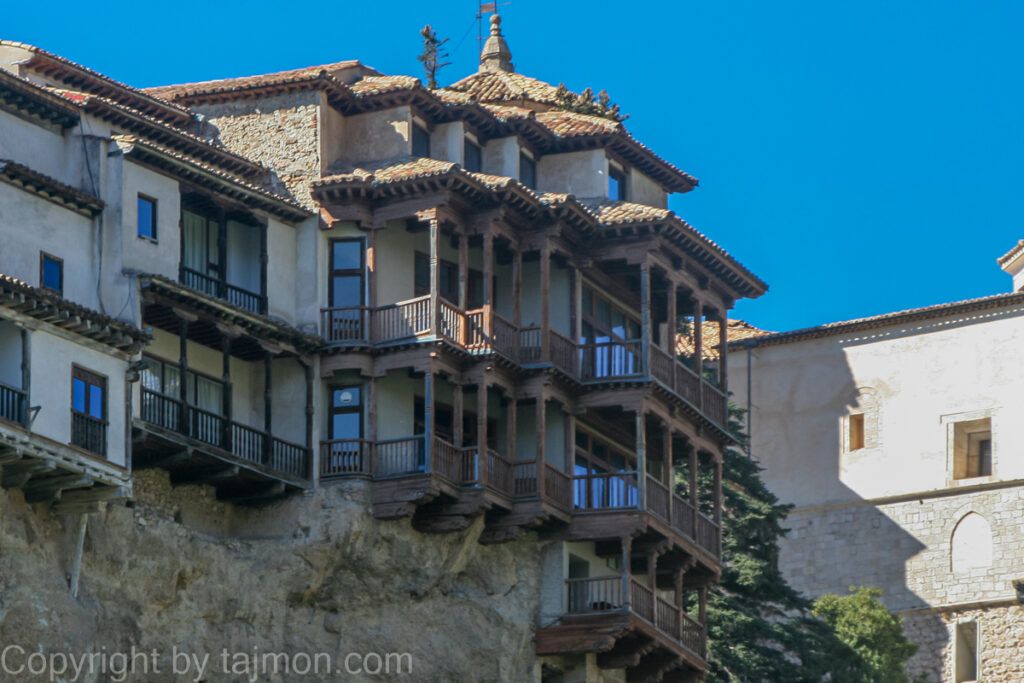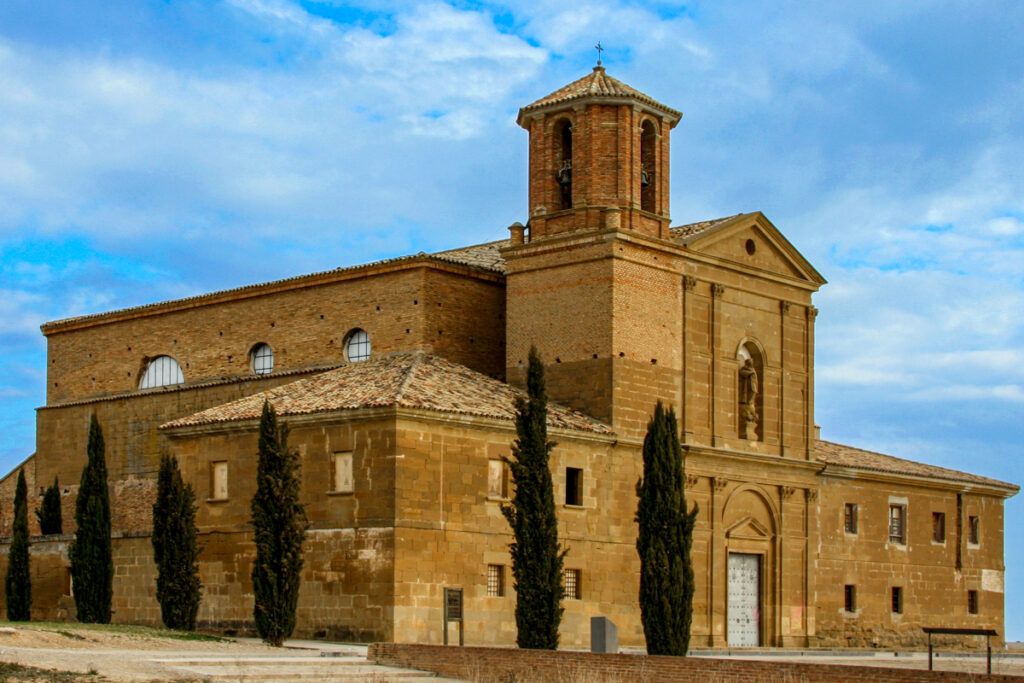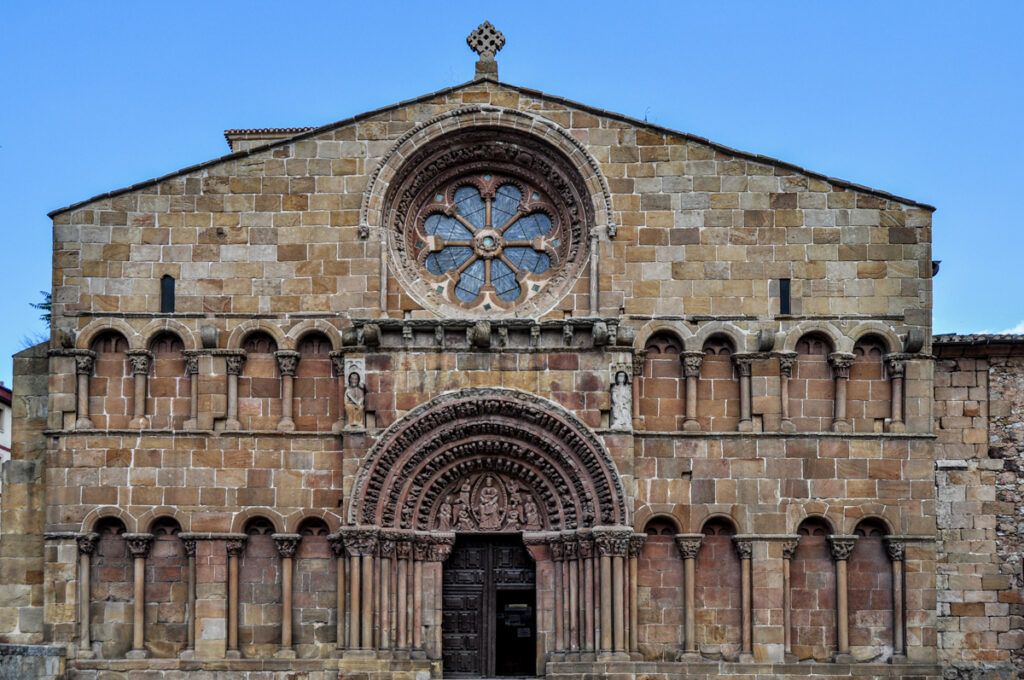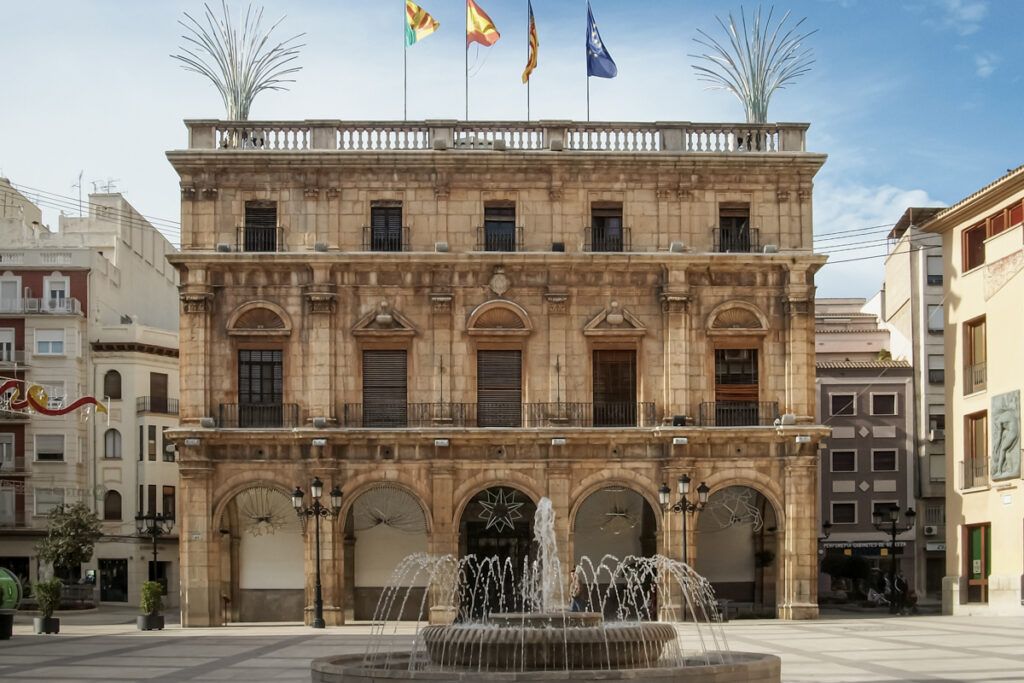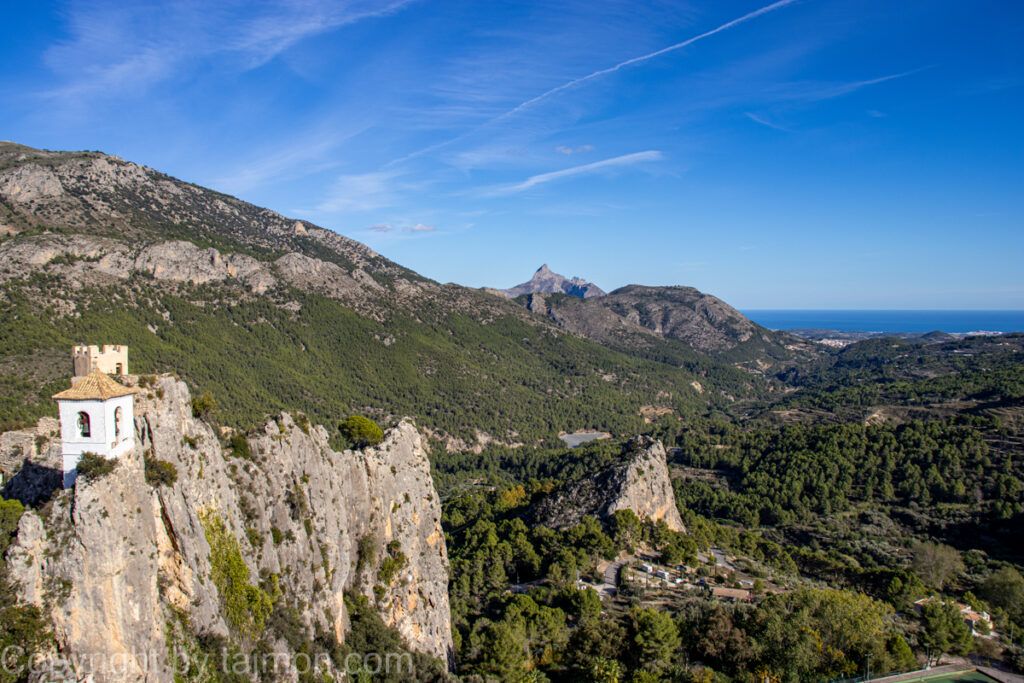Church of San Miguel
On a rock above the bank of the Júcar, next to the former Arab wall, stands the Church of San Miguel, one of the oldest and most important churches in Cuenca. It was built at the end of the 13th century, in the period of transition from the Romanesque to the Gothic style, on the site of an old mosque. In the 18th century the church underwent a thorough renovation and in the 20th century it was restored. It has a beautiful Renaissance facade and serves as a concert hall and a venue for cultural events.
The Church of San Miguel has a simple single-nave structure, with a nave of two sections, wide and short. On the sides of the nave there are small chapels and galleries, and at the end the presbytery. The church has the shape of a Latin cross, with a transept of the same width as the nave. The presbytery is rectangular, and the facade of the church is polygonal. The church is covered with barrel vaults with lunettes, and the transept with a dome on a drum with a lantern.
The interior of the church is decorated with rich Rococo ornamentation, with sculptures, paintings and stuccoes. Among them, the main altar with the image of the Virgin Mary with the Child and Saint Michael the Archangel, by José Camarón, and the side altar with the image of the Annunciation, by Francisco Bayeu, stand out. In the church there is also a crypt, where the founder and his family rest.
The Church of San Miguel is also the place where the first constitution of Spain, called La Pepa, was passed in 1811. At that time Cuenca was the seat of the Cádiz Cortes, or the assembly of deputies, who fled from Madrid before the Napoleonic invasion. In the church there was a solemn session, where the constitution, which was one of the most progressive and innovative in Europe, was proclaimed. The constitution introduced, among other things, the separation of powers, the sovereignty of the nation, the freedom of religion and press, the equality of citizens and the limitation of the king’s powers. The constitution, however, was short-lived, as it was abolished by Ferdinand VII, who restored absolutism.
